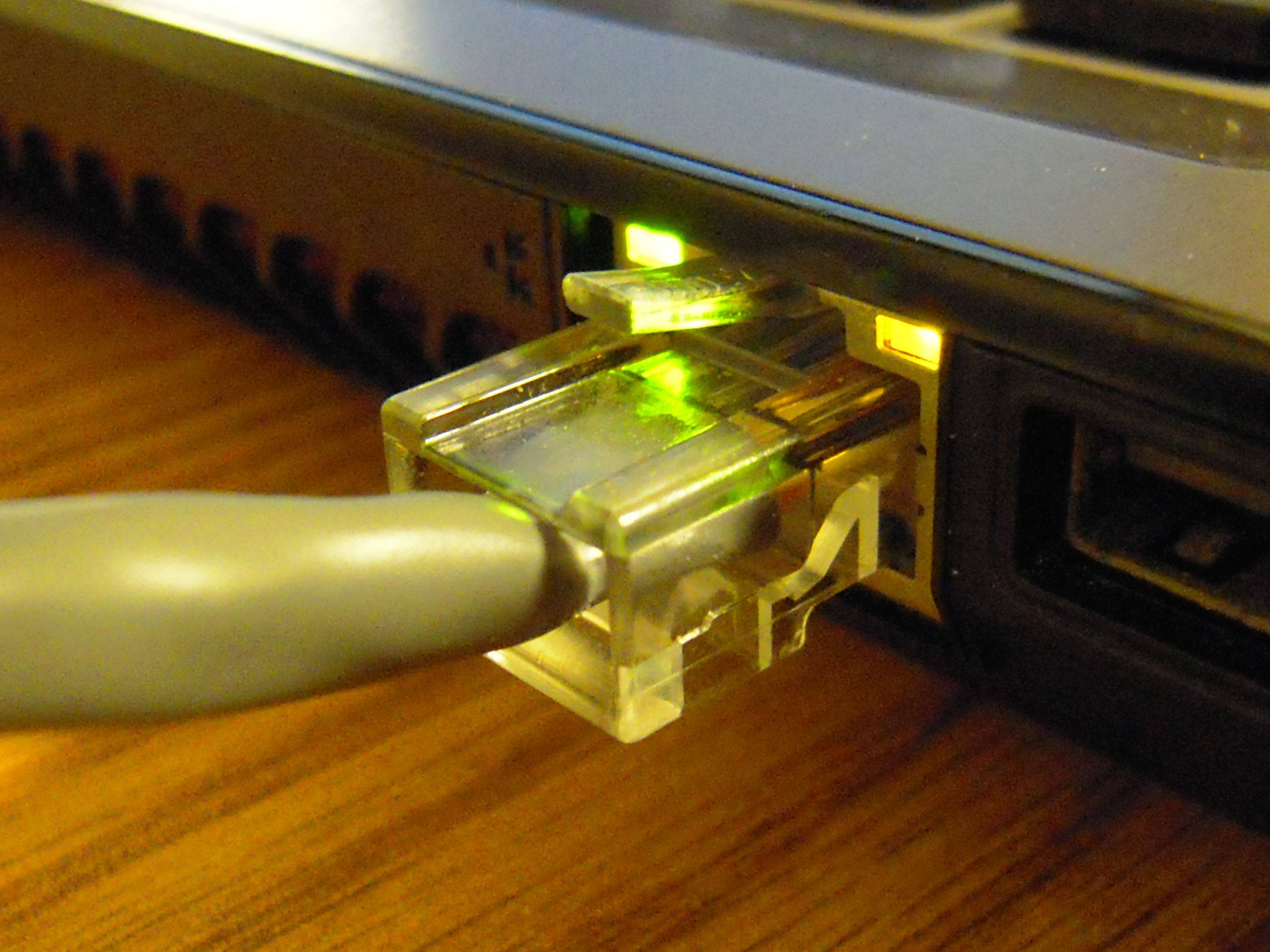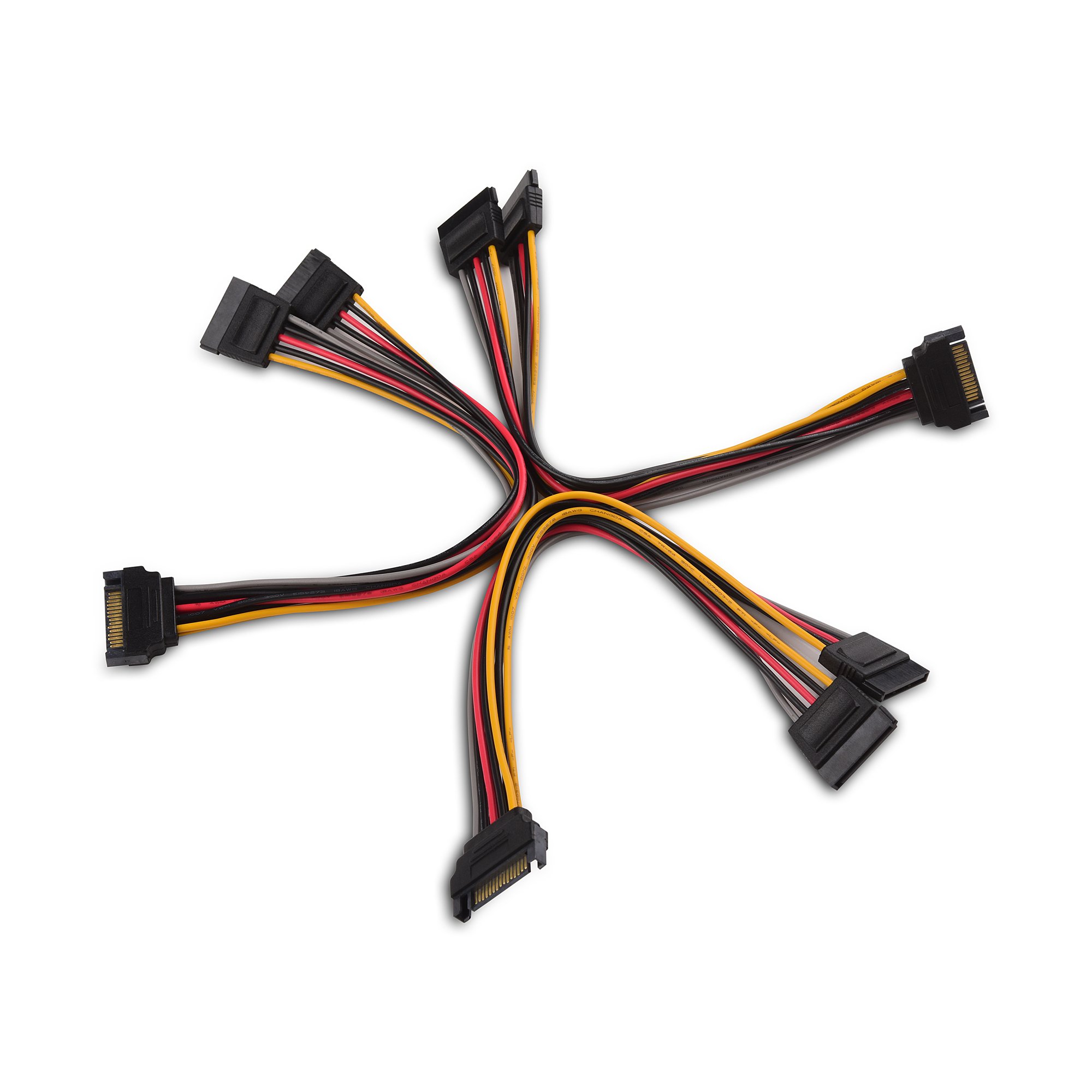Having trouble with your new CPU not booting up? Let’s dive into troubleshooting techniques to resolve this issue.
Common Reasons for Booting Issues
There are several common reasons why you might be experiencing booting issues with your new CPU. One possible cause is an incorrect BIOS setting. Make sure to check your BIOS settings and ensure they are properly configured for your new CPU. Additionally, a faulty or incompatible motherboard could be the culprit. Ensure that your motherboard supports the specific CPU you are using.
Another potential reason for booting issues is a problem with the UEFI. Check your UEFI settings and make sure they are correctly set up for your new CPU. It’s also worth checking if your personal computer’s hardware meets the requirements for the CPU you are trying to install.
If you are using a laptop, it’s possible that the CPU socket is not compatible with your new CPU. Check the specifications of your laptop and CPU to ensure compatibility.
Software-related issues can also cause booting problems. Ensure that you have the latest drivers and updates installed for your CPU and operating system, particularly if you are using Microsoft Windows.
In some cases, a faulty or incorrect installation of the CPU can lead to booting issues. Make sure that the CPU is properly seated in the socket and that the thermal paste is applied correctly.
Other factors that may contribute to booting problems include faulty power cables, loose connections, or even a simple glitch that can be resolved by restarting the computer.
Essential Steps to Troubleshoot

- Check power connections: Ensure that all power cables are securely plugged into the CPU and the power supply.
- Verify hardware compatibility: Make sure that the CPU is compatible with the motherboard and other components.
- Reset CMOS: Clear the CMOS settings to eliminate any potential configuration issues.
- Inspect RAM installation: Ensure that the RAM modules are properly seated in their slots.
- Test with minimal components: Disconnect all unnecessary peripherals and leave only essential components connected.
- Update BIOS: Check for any available BIOS updates and install them if necessary.
- Check for loose connections: Inspect all cables and connections to ensure they are firmly attached.
- Test with different PSU: Switch to a different power supply unit to rule out any power-related problems.

- Inspect CPU pins: Check the CPU socket for any bent pins or other physical damage.
- Test with spare parts: If possible, test the CPU with spare components to identify the source of the issue.
BIOS Configuration Adjustments
| Setting | Description |
|---|---|
| CPU Clock Speed | Adjusts the clock speed of the CPU. Make sure it’s set correctly for the new CPU. |
| CPU Voltage | Controls the voltage supplied to the CPU. Ensure it’s set within the recommended range for the new CPU. |
| Memory Frequency | Specifies the frequency at which the system memory operates. Check if it matches the new CPU’s specifications. |
| Boot Order | Determines the sequence in which the system boots from different storage devices. Verify the correct boot order is set. |
| Secure Boot | A security feature that verifies the authenticity of the operating system during the boot process. Disable it temporarily to troubleshoot boot issues. |
| Legacy/UEFI Boot Mode | Determines the type of firmware used for booting. Ensure it’s compatible with the new CPU. |
| BIOS Update | Check if a BIOS update is available for your motherboard to provide compatibility with the new CPU. |
F.A.Q.
Why is my new PC build not turning on?
Your new PC build may not be turning on because of a faulty power supply. Before replacing it, try using a different power cable and plugging it into a different wall socket. If the issue persists, consider purchasing a new power supply.
Why won’t my new PC boot into BIOS?
Your new PC may not be booting into BIOS due to several possible reasons. These include pressing the wrong buttons to access BIOS, a faulty CMOS battery on the motherboard, or hardware issues like faulty RAM.
What causes CPU not to boot?
The CPU not booting can be caused by various factors such as a faulty power supply or outlet, beep codes, display issues, unusual BIOS settings, troubleshooting in Safe Mode, disconnected non-essential devices, loose components, or malware.
Why is my computer not booting after a new CPU?
Your computer may not be booting after installing a new CPU due to a power mismatch or an outdated BIOS.

